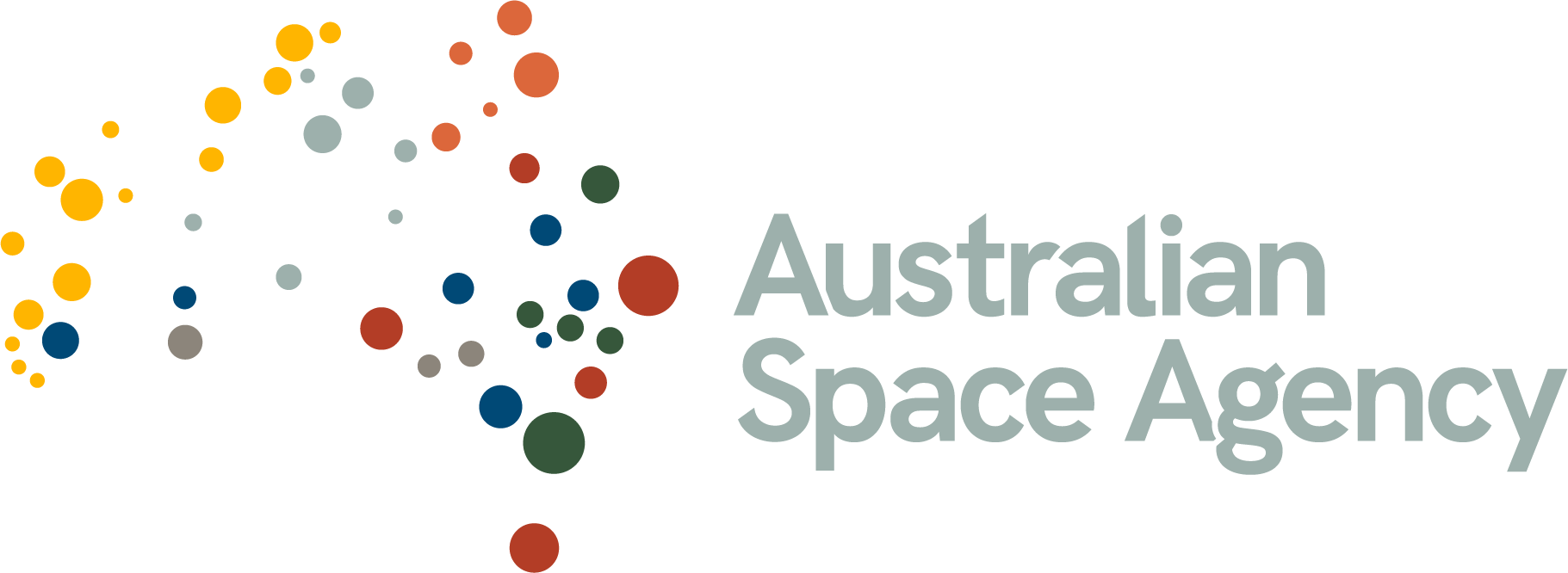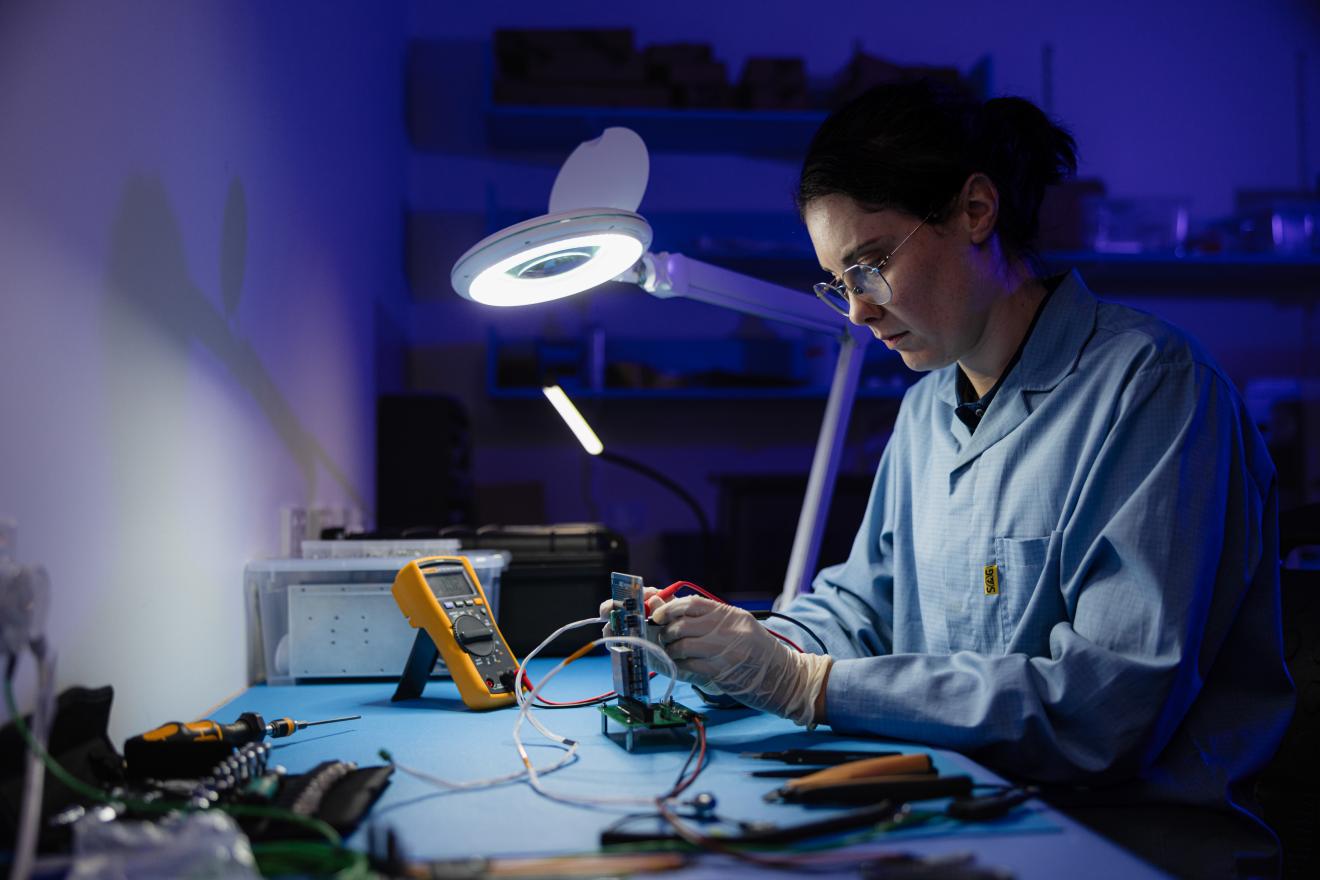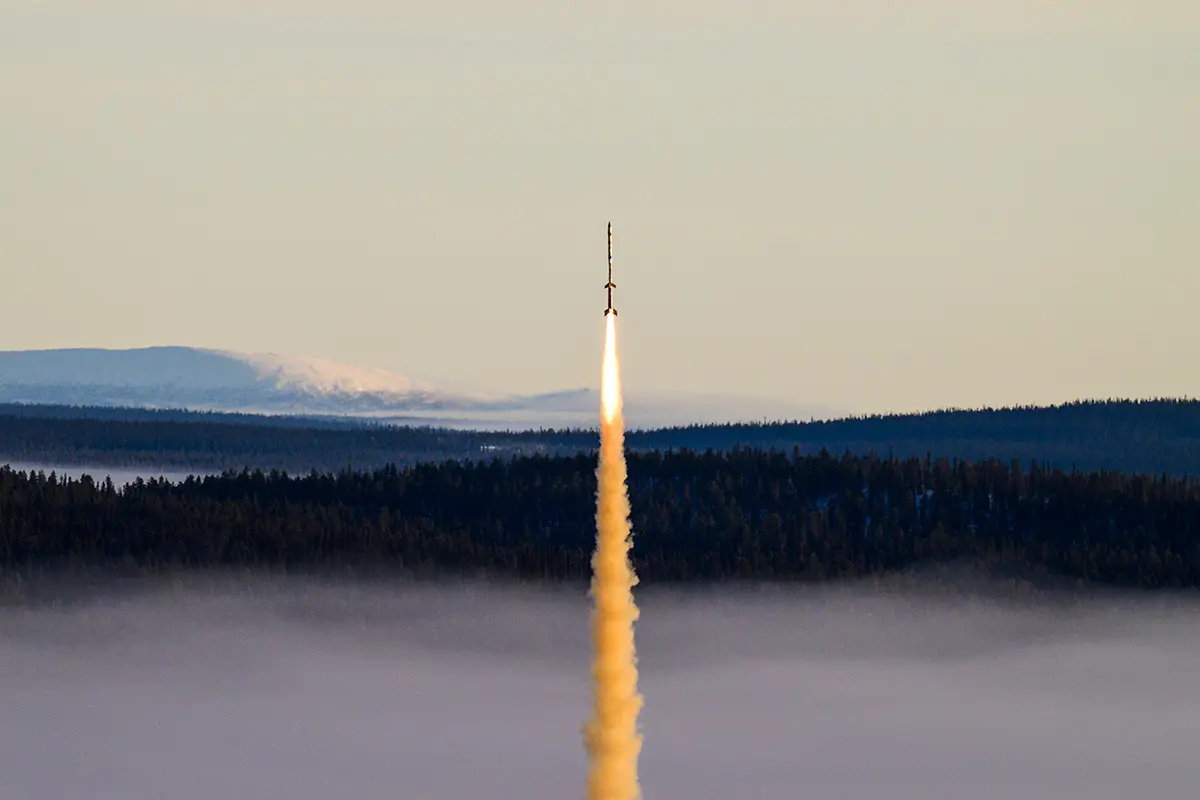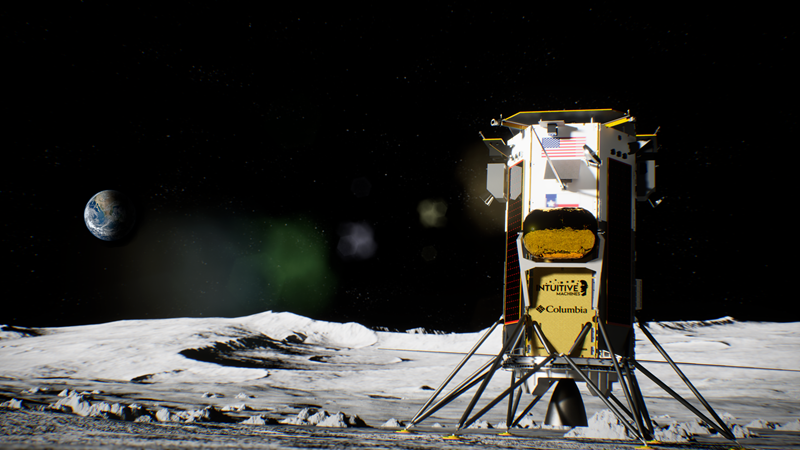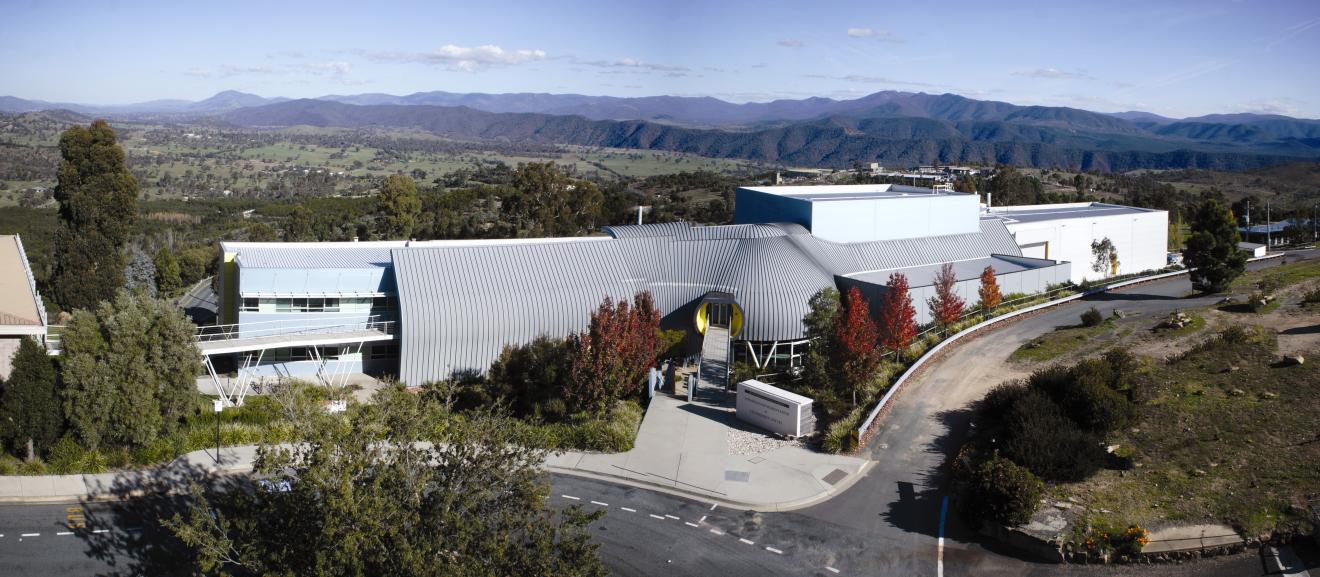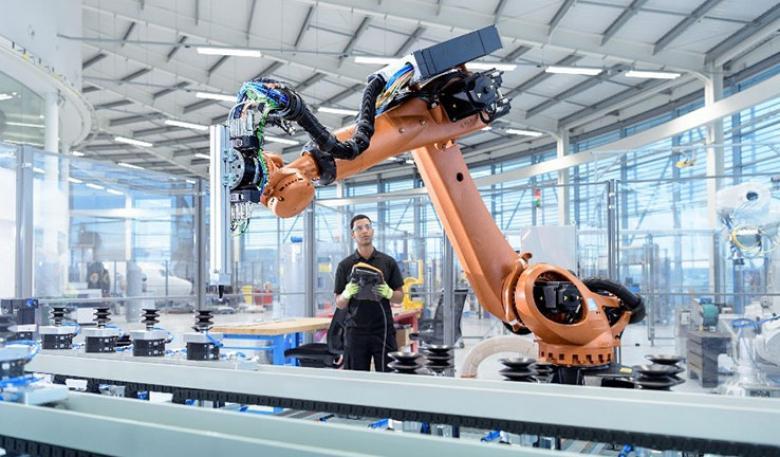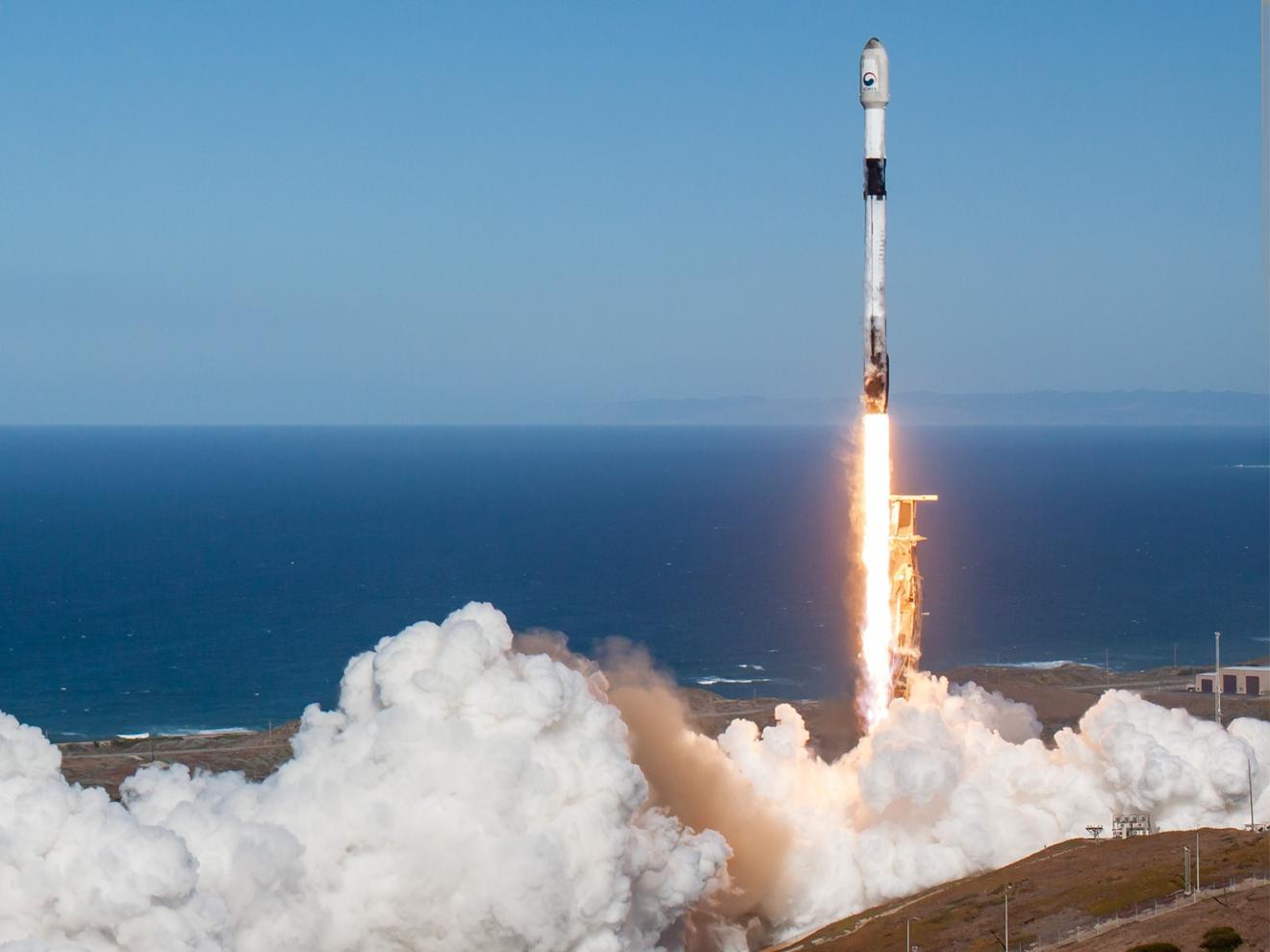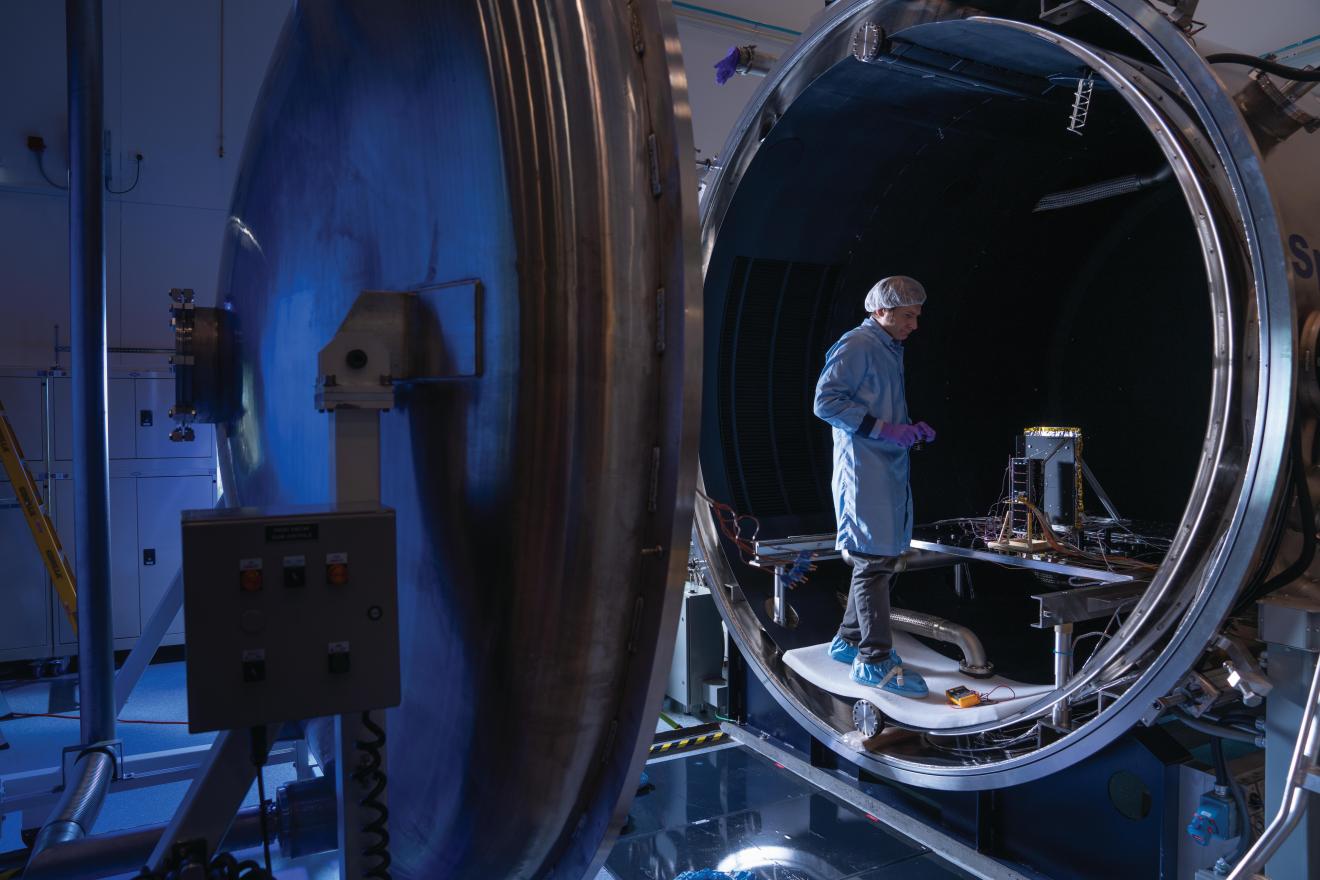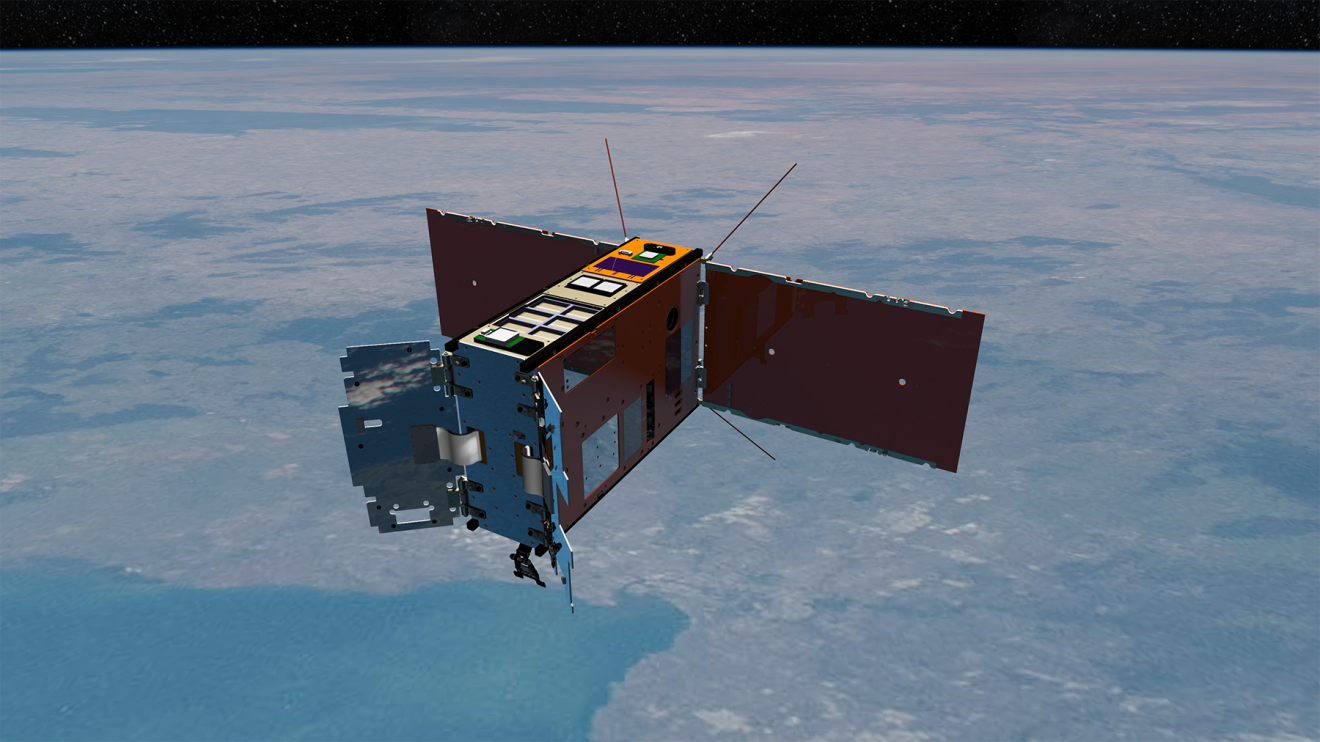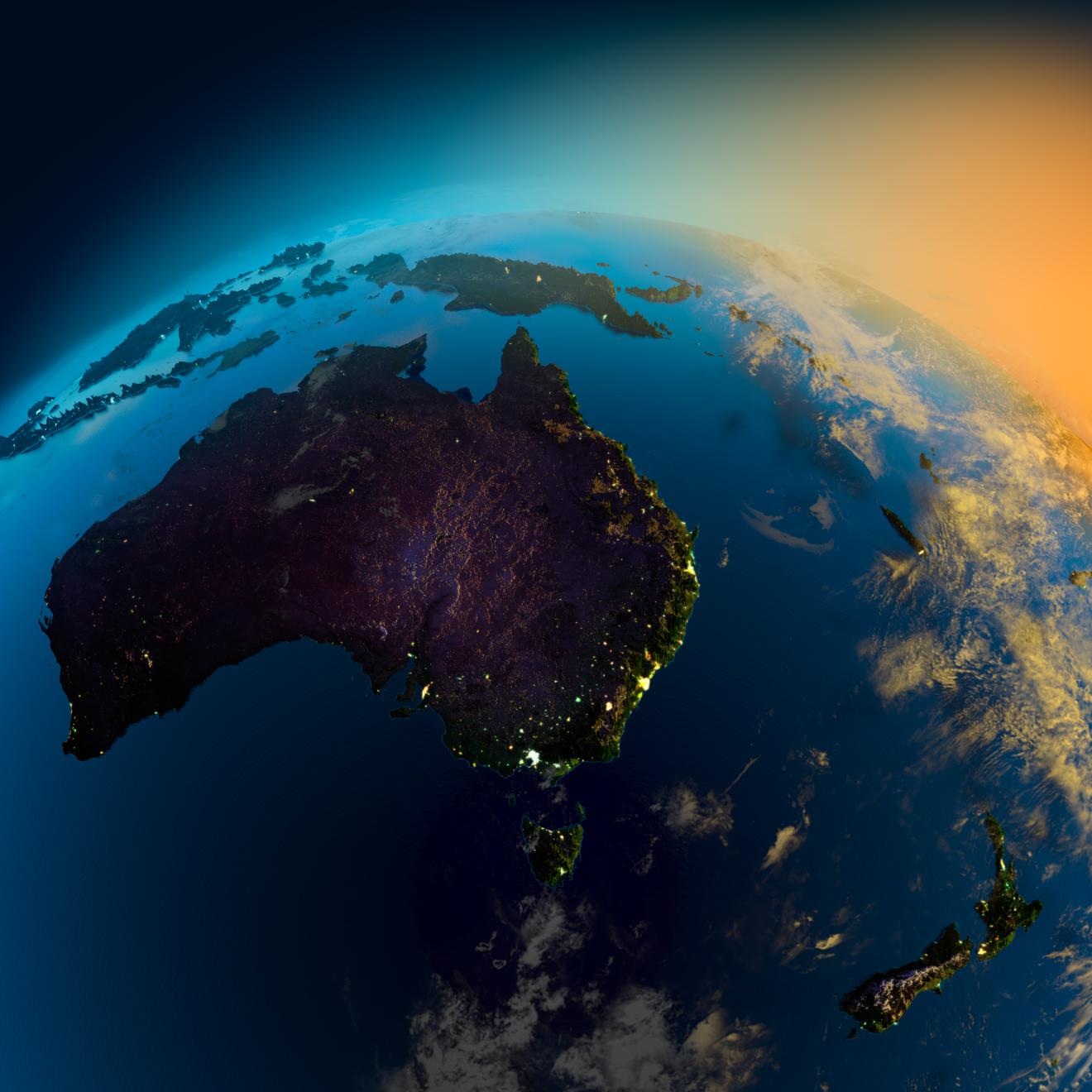More than $9 million has been awarded to projects which align with NASA’s Artemis program.
The experiments were launched on board the MAPHEUS 14
Intuitive Machines has become one of the first commercial companies to land on the Moon’s surface, and Western Australia has played an important role.
SmartSat CRC has signed an MoU with the New Zealand Space Agency, which will support projects that develop new capabilities and expertise in the space sector.
Australia is home to a series of state-of-the-art space facilities, which are open for business to national and international customers.
The Australian Space Agency is seeking expressions of interest (EOI) on niche Australian technology capabilities. EOI closes 14 February 2024
'Australian companies are contributing to global space missions by being agile.'
The SpIRIT nanosatellite was launched aboard a SpaceX rocket and will fly in low Earth orbit for two years.
The NSQN is Australia’s answer to testing space technology for missions beyond Earth. It locally qualifies satellites and other space-bound systems via global supply chains.
The groundbreaking Australian research nanosatellite is set to blast off with SpaceX’s Transporter-9 mission in November.
Amendments to the General Rules and High Power Rocket Rules came into effect on 17 August 2023. The amendments have removed most ‘not a related party’ requirements.
The Australian Space Agency enhanced its space safety expertise during the latest round of Sprint Advanced Concept Training (SACT).
The Australian Government is backing a series of local space innovations, including those that can help address climate change.
Head of the Australian Space Agency, Enrico Palermo, travelled from Brisbane to the Gold Coast and west to Toowoomba to see first-hand the growth of the sector in Queensland.
Team Australia showcased the best of the local space industry on the global stage at the 2023 Space Symposium.
The AROSE consortium and the EPE and Lunar Outpost Oceania consortium will each receive $4 million as part of stage one of the Trailblazer program under the Moon to Mars initiative.
The Agency will grant over $20 million in funding to enable Australian businesses and research organisations to conduct joint projects and build closer relationships with the Indian space sector.
The University of Melbourne is helping to lead the charge with its Space Industry Responsive Intelligent Thermal (SpiRIT) spacecraft.
In partnership with the Australian Space Agency, the University of Tasmania (UTAS) unveiled its unique and sophisticated 7.3 metre antenna at its Greenhill Observatory
